Nuclear Physics
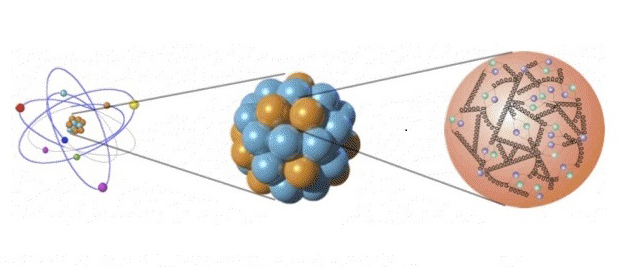
We try to understand how the smallest building blocks of matter, the quarks and the gluons, build up the first level of composite systems in nature. The building blocks of the atomic nucleus, the protons and the neutrons, are good examples.
PANDA
The PANDA experiment at FAIR in Germany will utilize the annihilation of antiprotons to look for exotic particles like glueballs and hybrids and has a broad physics program to study fundamental features of the strong interaction.
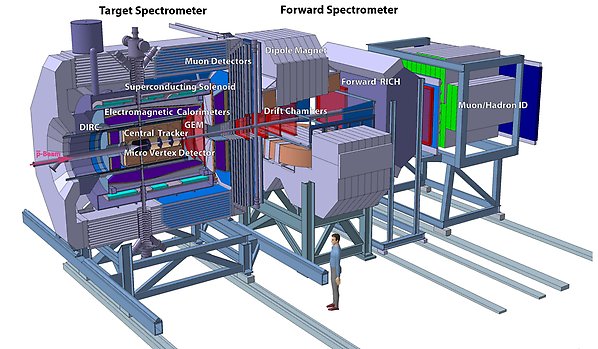
KLOE-2
The KLOE-2 detector is operating at the improved DAFNE e+e-collider of the Laboratori Nazionali di Frascati, Italy. The KLOE-2 physics program includes studies on neutral kaon quantum interferometry, precise tests of lepton flavour violation and measurements of rare Ks, η and η' decays.

BES III
The Beijing Spectrometer (BES) III detector is a 4π detector facility located at the Beijing Electron Positron Collider (BEPC) II in Beijing, China. Data taking started in 2009 and the physics program includes studies of charmonium, charmed and lighter hadrons and of tau leptons.
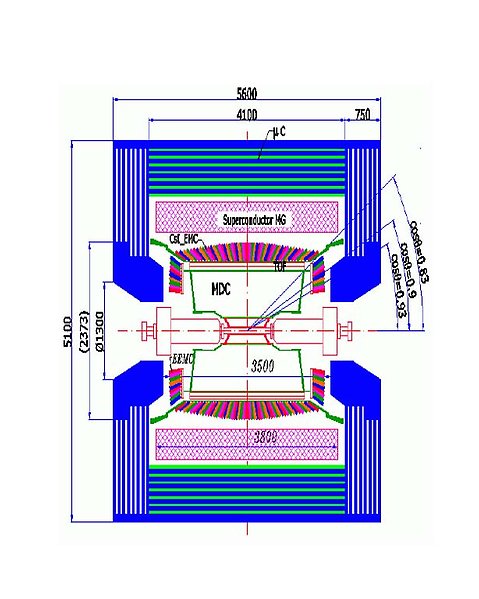
Theoretical Hadron Physics
Calculations of electromagnetic form factors and spin properties of hadrons to explore the intrinsic structure of hadrons and to provide input for high-precision standard-model predictions. The mathematical tools include effective field theories and dispersion theory.
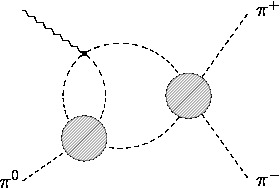
Nuclear Structure
The research is focused on studies of the structure of exotic nuclei far from stability. Experiments are performed at GANIL in France, LNL-INFN in Italy and at GSI in Germany. The primary instruments used are the gamma-ray spectrometer AGATA combined with the neutron detector array NEDA.
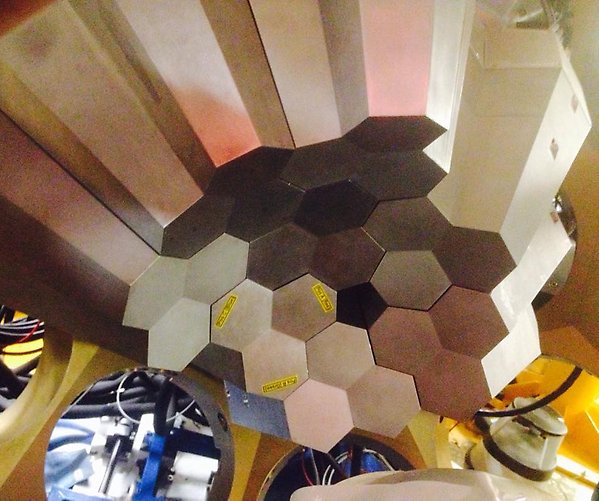
Contact
- Programme Professor
- Lars Eklund
- Head of Division
- Stefan Leupold
